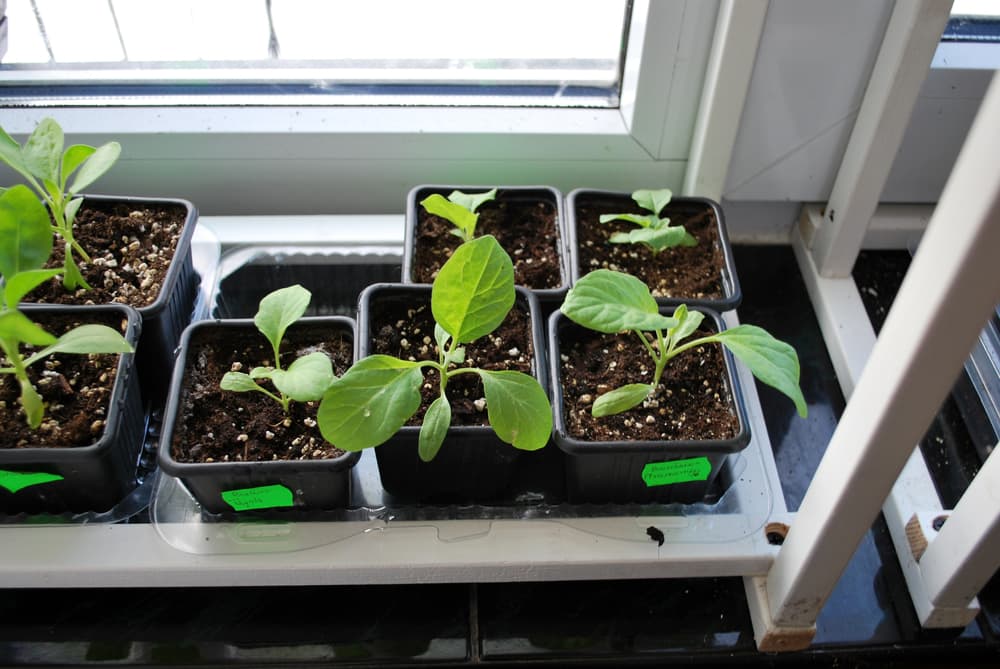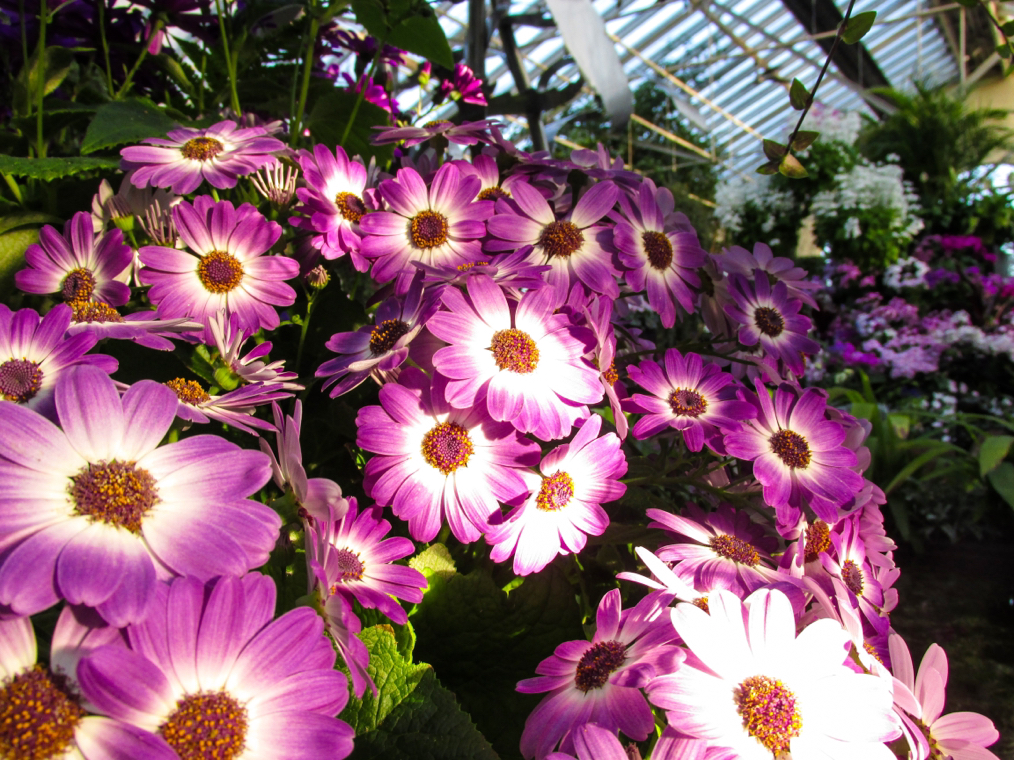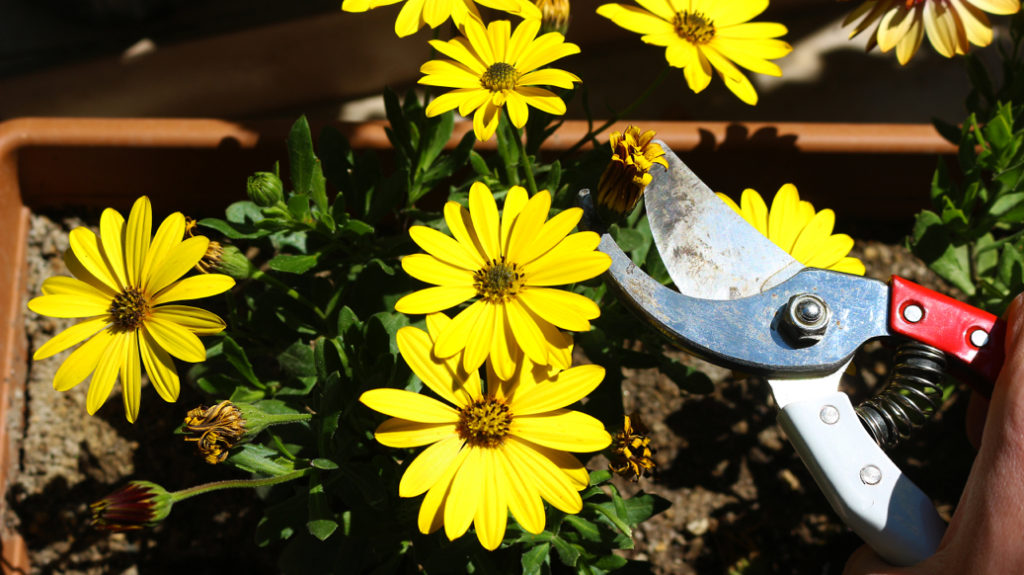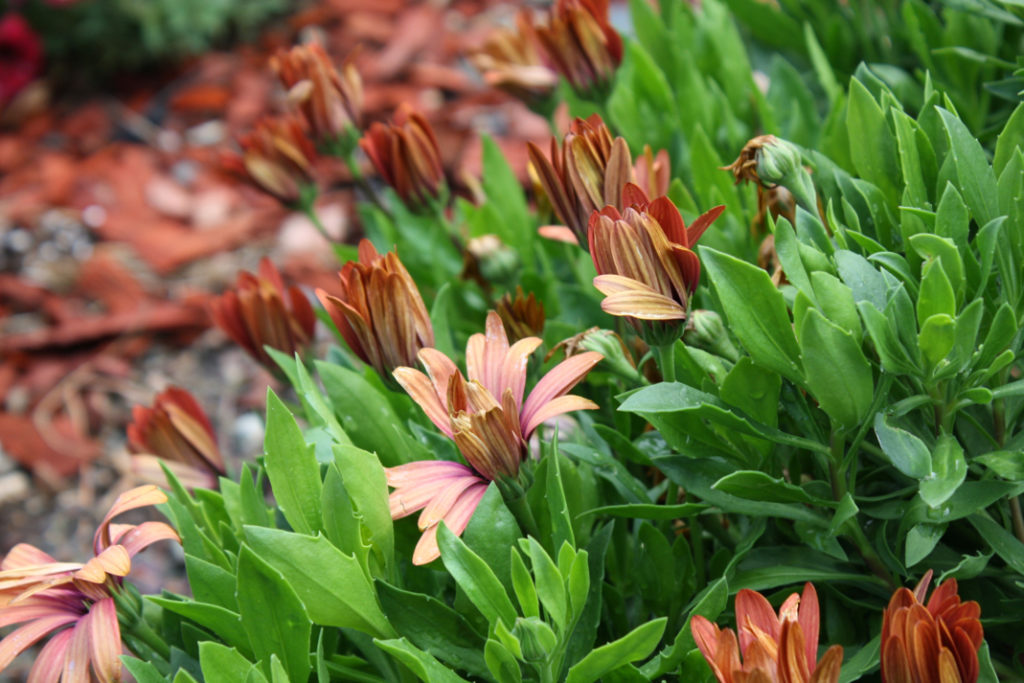Winter Approaching? Give Osteospermum The Best Chance At Survivial

PERENNIALS > OSTEOSPERMUM > OVERWINTERING
Reviewed By PETER LICKORISH

Peter is a Horticulture Lecturer and self-employed Horticulturist, with a passion for diverse areas of the industry - from garden design to the science behind plant growth and propagation. He has completed the Royal Horticultural Society’s Master of Horticulture (MHort) Award and lectures on RHS courses at Bedford College.
IN THIS GUIDE
OSTEOSPERMUM GUIDES
Common Problems
Cuttings Propagation
Growing From Seed
Pruning
Varieties
Winter Care
Osteospermums are vibrant and vivacious plants which will bring some much-needed colour to your beds and borders throughout summer and into autumn.
Of course, they’re not known as the African daisy for no reason, so many varieties will struggle to withstand the extremes of the British winter.
However, that doesn’t mean that all is lost.
From taking cuttings and replanting them the following year to giving your existing specimens the best possible chance of making it through the colder season, there are several things you can do to provide winter care for osteospermum.
We’ve outlined the main ones below:
- Take summer cuttings.
- Move potted plants indoors.
- Prune back prior to winter.
- Fertilise and mulch.
For those who’d appreciate some further guidance on overwintering their osteospermum plants, we’ll take a closer look at each of those instructions in more detail.
| Difficulty | Easy |
| Equipment Required | Gardening gloves, pruning shears, cloth, isopropyl alcohol, organic mulch |
1) Take Summer Cuttings
The most surefire way to guarantee you can enjoy osteospermum blooms throughout the next year is to equip yourself with a store of reserve plants.
You can do this by taking softwood cuttings during summer when the plant is in full growth.

Look for healthy offshoots to snip off, then plant them in potting soil.
Osteospermum roots quite easily and grows extremely fast, so you should be able to see mature growth within a matter of months.
“Keep these young plants under cover, before planting later in the following spring,” says Peter Lickorish, a Horticultural Consultant.
2) Move Potted Plants Indoors
The next best thing you can do to protect your osteospermum plants after planning for life without them is to move potted varieties indoors.
For best results, relocate your container osteospermum into a greenhouse, conservatory or other indoor setting and treat them as you would other house plants.

However, you have to be mindful that doing so may encourage the spread of disease, so stay on top of damaged or diseased foliage and remove any fallen leaves and flowers immediately.
3) Prune Back Prior To Winter
If your African daisies are planted outdoors, they may have to take their chances in the British winter.
You can give them the best shot of survival by pruning them back to remove congestion and improve ventilation among the leaves, as well as conserve their energies for the struggle ahead.
“Pruning before winter is risky and should be done carefully to avoid having the opposite effect,” says Peter.
“The aim should be to remove tall stems which may make the plant prone to damage and wind-rock and any weak growth which may rot.

“This is done whilst leaving enough foliage to act as a blanket. Some of this foliage will be sacrificed to the frost and may soon blacken or die, but it could still protect lower shoots from frost or snow damage.
“You will therefore need to prune again in late spring, to remove any damaged growth.”
Always be sure to clean your pruning tools thoroughly before and after use, by scrubbing them with a cloth soaked in isopropyl alcohol.
This will eliminate the chance of cross-contamination or disease infection.
4) Fertilise & Mulch
Other steps you can take to bolster their chances of coming back next spring include administering a slow-release fertiliser to the soil surrounding the plant in autumn.
This will give the fertiliser plenty of time to break down and allow the roots to absorb it gradually, fortifying the plant for winter.
Placing a layer of organic mulch over the surface of the topsoil is also a good idea.
A thin layer of bark will help insulate the plant’s roots and prevent the growth of weeds for the duration of the colder months.

“Feeding ahead of winter is a delicate art,” Peter adds.
“You don’t want the plant to grow too fast towards the end of the season or soft new growth will fall at the first frost. That rules out having too much nitrogen in the feed and using large quantities of any fertiliser.
“Potassium has been shown to improve cold-hardiness in some plants, acting a little like anti-freeze.
“For application, wait until the flowering has finished otherwise you could encourage a mass of flowering up until winter, which would exhaust the plant’s precious energy reserve.”
Of course, it should be remembered that even following all of these steps cannot guarantee that your plant will survive a harsh British winter.
Osteospermums do not like temperatures below -5°C, so the most reliable and recommended way to bring them back the next year is to treat them like annuals and take cuttings for replanting.

